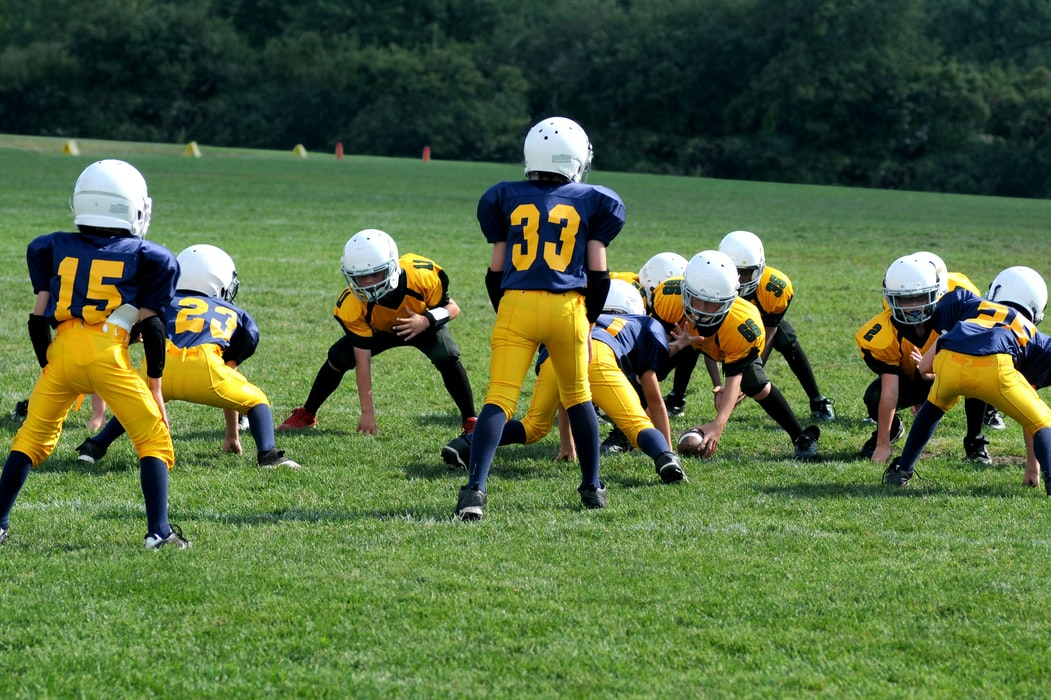American and European sports have different philosophies regarding the training of their fledgling talent. The best athletes in the United States are snapped up by colleges as part of their athletic programmes, offering scholarships to complete a course of study and to represent the university in competitions across the country.
Whereas in Europe, notably in football, players are brought through the academies of club sides from early ages of their life until signing professional contracts at the age of 16. There are strengths and weaknesses of both models, and it proves that there is no exact science to developing the next generation of sporting talent.
Strengths of the US system
The US system of cultivating athletes ensures equality at the highest levels of their professional sport. Teams of the ilk of the Los Angeles Lakers cannot pluck the best players from the schools across the country and place them into their system from a young age. It’s a model where geographical location does not define how successful a team can be.
For example, the Lakers have a wide catchment area in Los Angeles and California as a whole. If they could sweep up all the local talent into a Lakers’ academy it would give them a huge advantage over the rest of the NBA. However, it’s not the case, and the system allows players to travel to college and benefit from years of education alongside their sporting activities before pursuing their respective careers.
Weaknesses of the US system
It can hold players back and some choose to avoid the college system altogether – notably LeBron James, who was drafted straight out of high school by the Cleveland Cavaliers. Trevor Lawrence is another example of a player that was probably ready after his first year of college football to play in the NFL, but due to the terms of eligibility, the quarterback has to remain with the Clemson Tigers until the completion of his third season.
Lawrence and his team are backed in the American football betting odds at +333 to win the BCS National Championship Game in the 2020 campaign. It’s entertaining watching Lawrence cut open opposing defenses at will, but the question is whether his talents would be better suited to arriving in the NFL a year sooner than the regulations state.
Strengths of the European system
Barcelona and Real Madrid, among others across Europe, do not have that problem. They can select a talented teenager at any point of their choosing. Players are cultivated at a young age into academies from all corners of the globe. The great Lionel Messi arrived at Barcelona in 2000 at the age of 13 after moving from Argentina. He rose through the ranks of Barcelona C and Barcelona B before making his bow as a 17-year-old in LaLiga.
The knowledge of Barcelona’s system and his exceptional talent allowed Messi to thrive immediately, and allow spectators all over the world witness his brilliance a lot earlier than he would have been in the United States. The system continues to bear fruit with the example of Ansu Fati, who was given the opportunity by the Catalan club at the age of 16. He has taken to the professional game like a duck to water and will only improve.
Weaknesses of the European system
The big clubs in the world can be poachers of the best talent. Arguably Messi should have been allowed to progress with Newell’s Old Boys in Argentina rather than Barcelona. Newell’s did not receive a large transfer fee for Messi, who is now worth £200m and has earned the Catalan club much more in prize money for their exploits in LaLiga and the Champions League.
There is a bias towards the best teams, who can offer lucrative contracts for both youngsters and their families. Barcelona and Real Madrid benefit from the system more than most, attracting the top talent from around the world that allows them to remain at the top of the Spanish pyramid.
There are also dangers for the players themselves, focusing on a singular objective of a football career can lead to troubles if they fail to make the grade. Both systems have their positive and negative points. However, as long as they maintain their success the traditions will remain in place for a long time.





